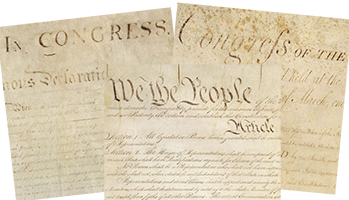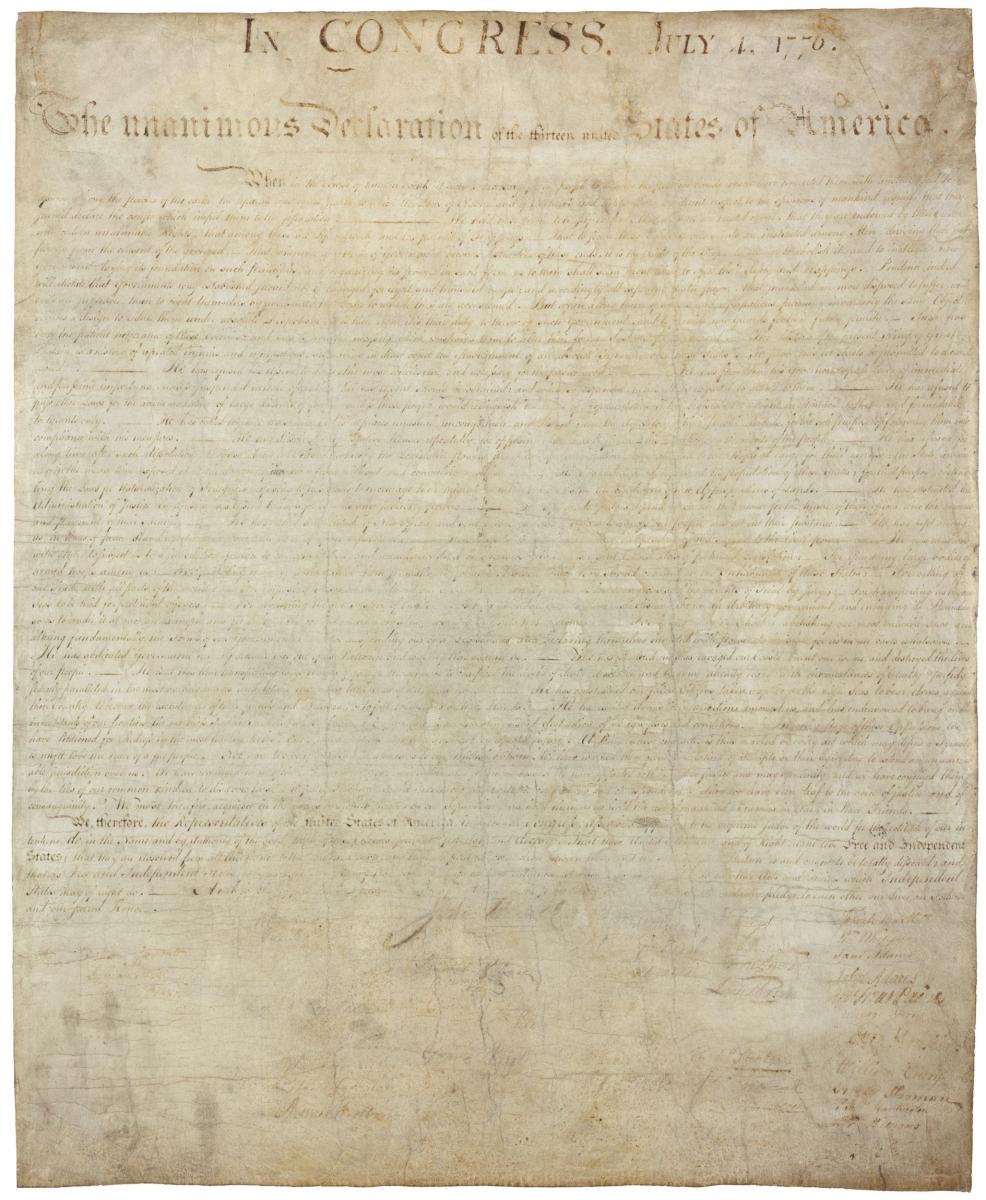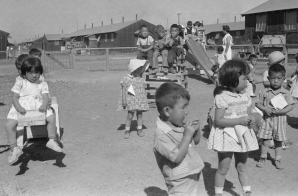
High School Distance Learning Programs
Visit the National Archives without leaving your classroom! Our free, interactive programs feature primary sources from our holdings. Each program aligns with National Social Studies Standards and Common Core State Standards. We also provide teacher guides with pre- and post-program lessons.
Scheduling Details
- Available Mondays, Wednesdays, and Fridays
- Must be scheduled at least 30 days in advance
- For groups of 10 or more students
- Multiple sites can connect at the same time
We can deliver up to three programs per school per day. For schools with over three classes, we recommend connecting two to three classes at the same time or scheduling programs over multiple days.
Technology Requirements
You can connect your class via traditional videoconferencing equipment or online via a computer with a webcam, microphone, and speakers. These programs can also accommodate students connecting from home.
Please email distancelearning@nara.gov to request your program today!
General Education
The Declaration of Independence
The United States Constitution
The Bill of Rights




